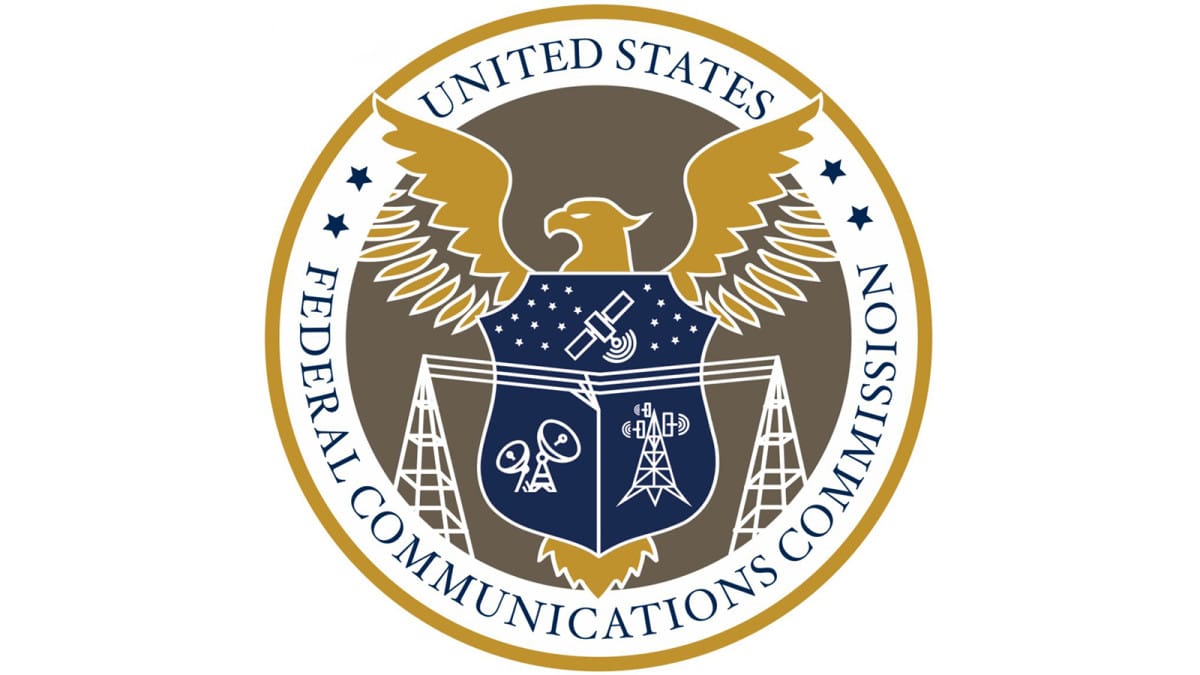Federal Communications Commission Outlines Steps for a $16 Billion Broadband Opportunity in Rural America
May 7, 2020 — The Federal Communications Commission does not plan any delay in proceeding with the Rural Digital Opportunity Fund auction, according to agency officials speaking at a webinar on Tuesday. The webinar walked attendees through the application process, timelines, as well as the “reverse

May 7, 2020 — The Federal Communications Commission does not plan any delay in proceeding with the Rural Digital Opportunity Fund auction, according to agency officials speaking at a webinar on Tuesday.
The webinar walked attendees through the application process, timelines, as well as the “reverse auction” mechanisms for Phase I of the rural fund. The agency plans to spend $16 billion in Phase I, followed by an additional Phase II in a separate auction.
The agency is still planning to begin the reverse auction on October 22, 2020, less than two weeks before election day.
Agency officials said that additional details, including the so-called “short form” that must be filled out by participants, would be required in the early summer, more than six weeks away.
In a normal auction, would-be purchasers jockey to purchase a good at the lowest price, and the seller attempts to bid up the value up.
In a reverse auction, would-be sellers jockey to obtain funds (from the FCC) to offer broadband service at the highest price they can get. In this case, the purchaser is the federal government, and it wants to “bid” the value down, so that higher-capacity broadband will reach more places at the lowest possible cost to taxpayers.
The FCC also promoted an interactive map of preliminary eligible areas based on its definition of unserved, which is when all locations within a given census block lack a download speeds of 25 Megabits per second (Mbps) and upload speeds of 3 Mbps.
Prior to the FCC webinar on Tuesday, The CommLaw Group and CostQuest Associates also hosted a webinar on the Rural Digital Opportunity Fund.
“Is the RDOF a big deal? To ask the question is to answer it,” telecommunications attorney Drew Clark said on the webinar. Clark is also Editor and Publisher of Broadband Breakfast.
See Drew Clark’s article on the FCC auction, “Why the Rural Digital Opportunity Fund is So Significant, and How to Succeed in Applying For RDOF,” published in Broadband Breakfast on Monday.
Phase I of the fund plans to auction $16 billion, over 10 years, to the unserved census blocks. An additional $4.4 billion is expected to be auctioned off at a later date in a Phase II auction.
This later phase will also include funds going to census blocks that are considered underserved.
Think of these additional “underserved” blocks as semi-served, because the FCC’s current Form 477 broadband mapping tool counts homes as “served” when they reside in a census block in which only one person is able to obtain service.
The FCC deployed a reverse auction format for the Connect America Fund Phase II auction in 2018.
Its success encouraged the FCC to use it again, this time with much higher stakes. Only $1.48 billion, over 10 years, was made available in CAF II. That is less than 10 times the amount being made available in RDOF, Phase I.
Participants can boost their chances of winning through a system of weights that reward builders who offer faster speeds.
Speaking in the CommLaw Group and CostQuest Associates webinar, Clark, attorney Robert Jackson, and CostQuest Vice President Mike Wilson advised participants to think of these weights as a drag that would slow down a proposed bid.
The faster the speed that an ISP can offer, the less weight will burden it in the bidding process.








